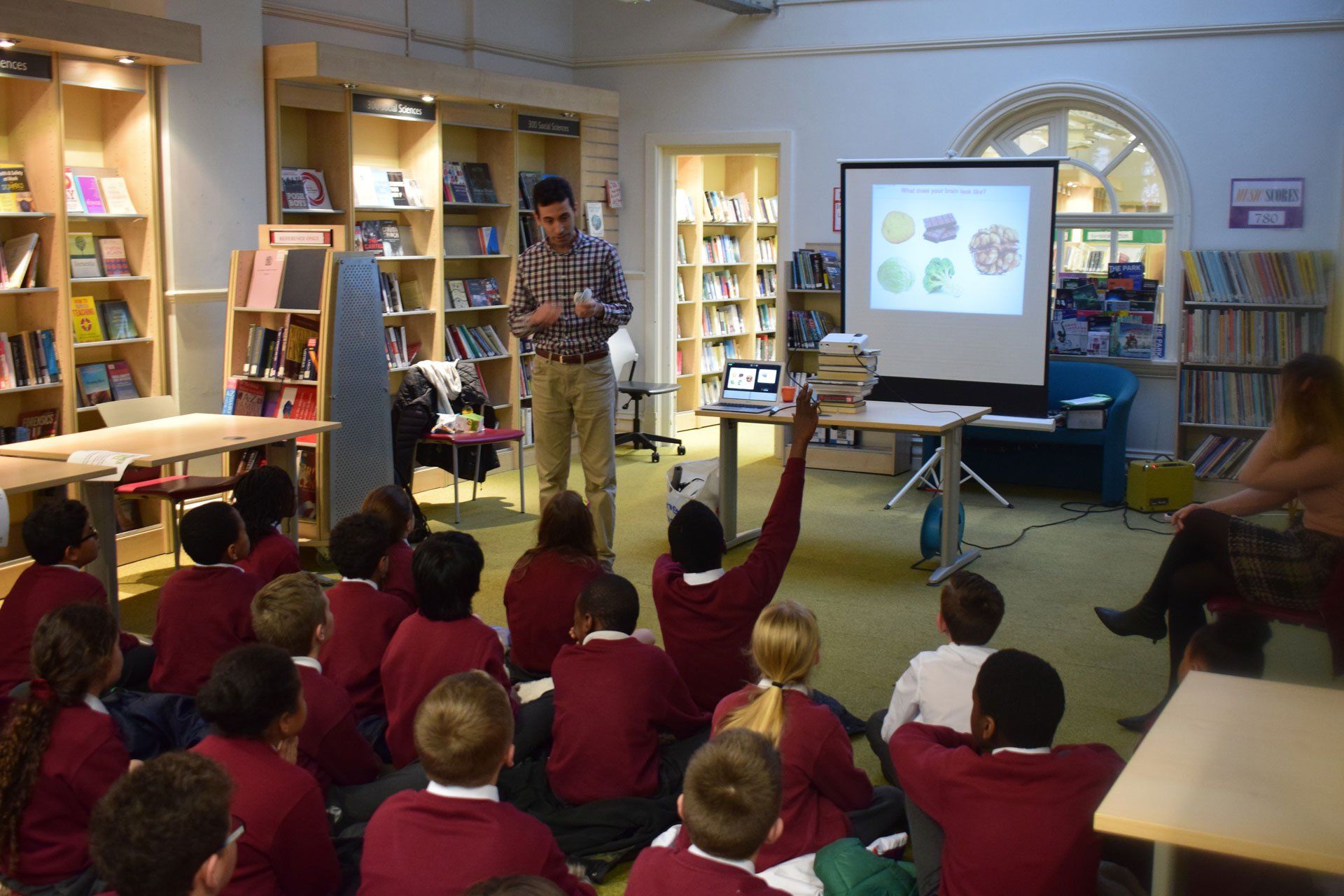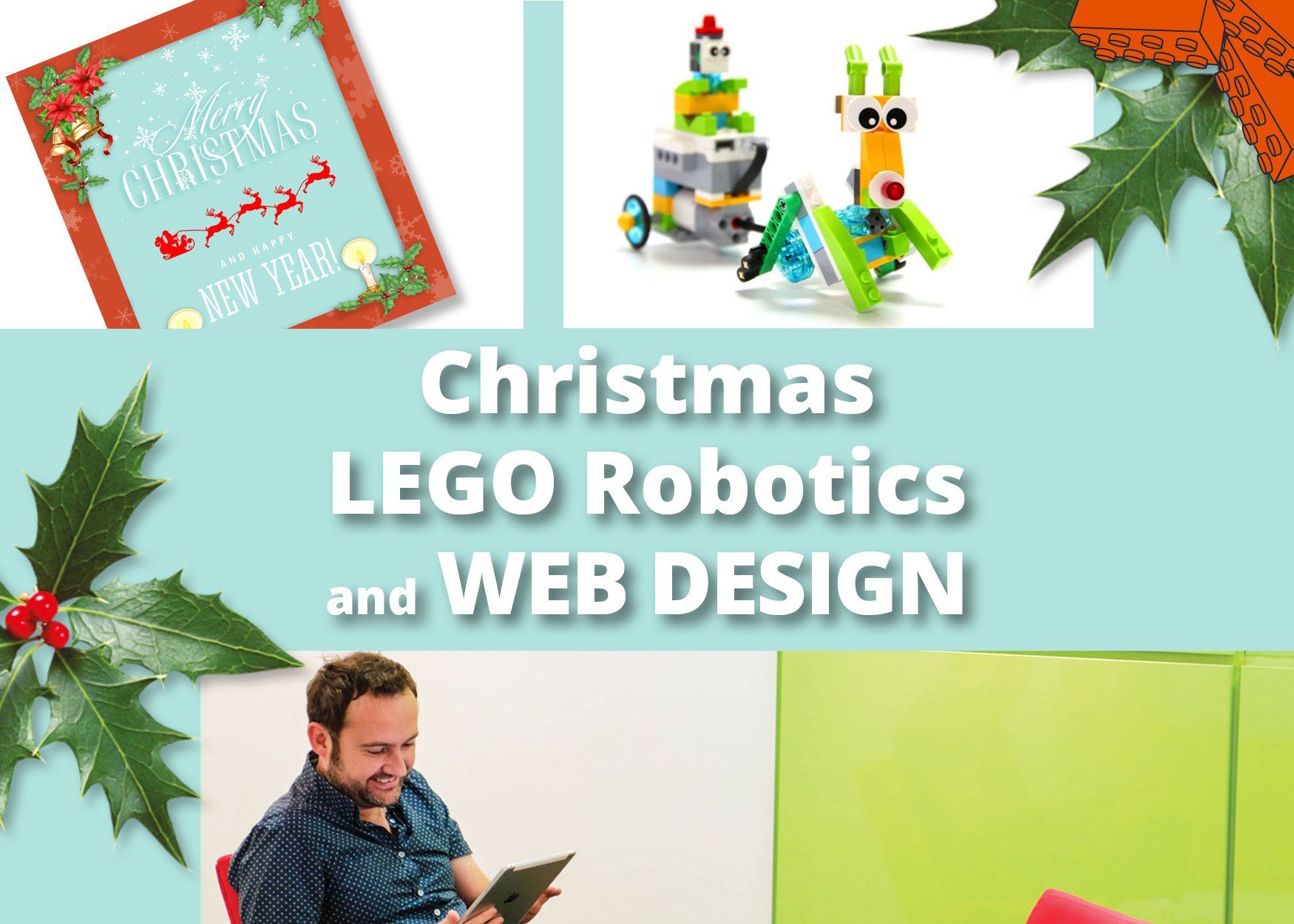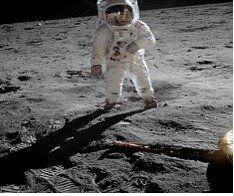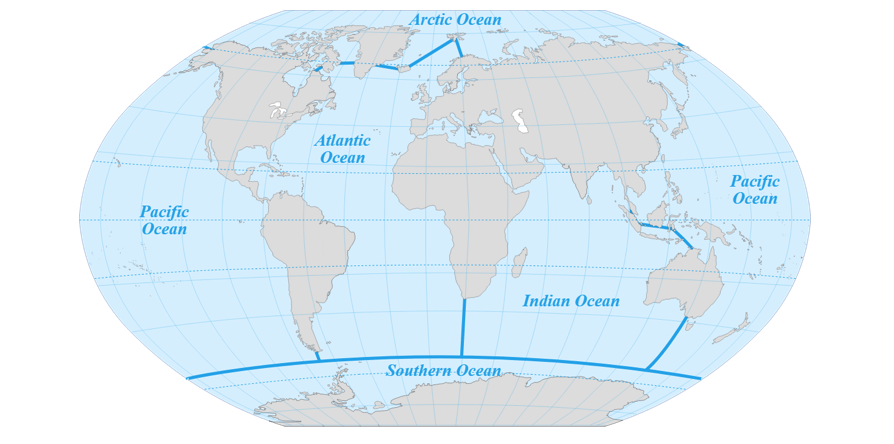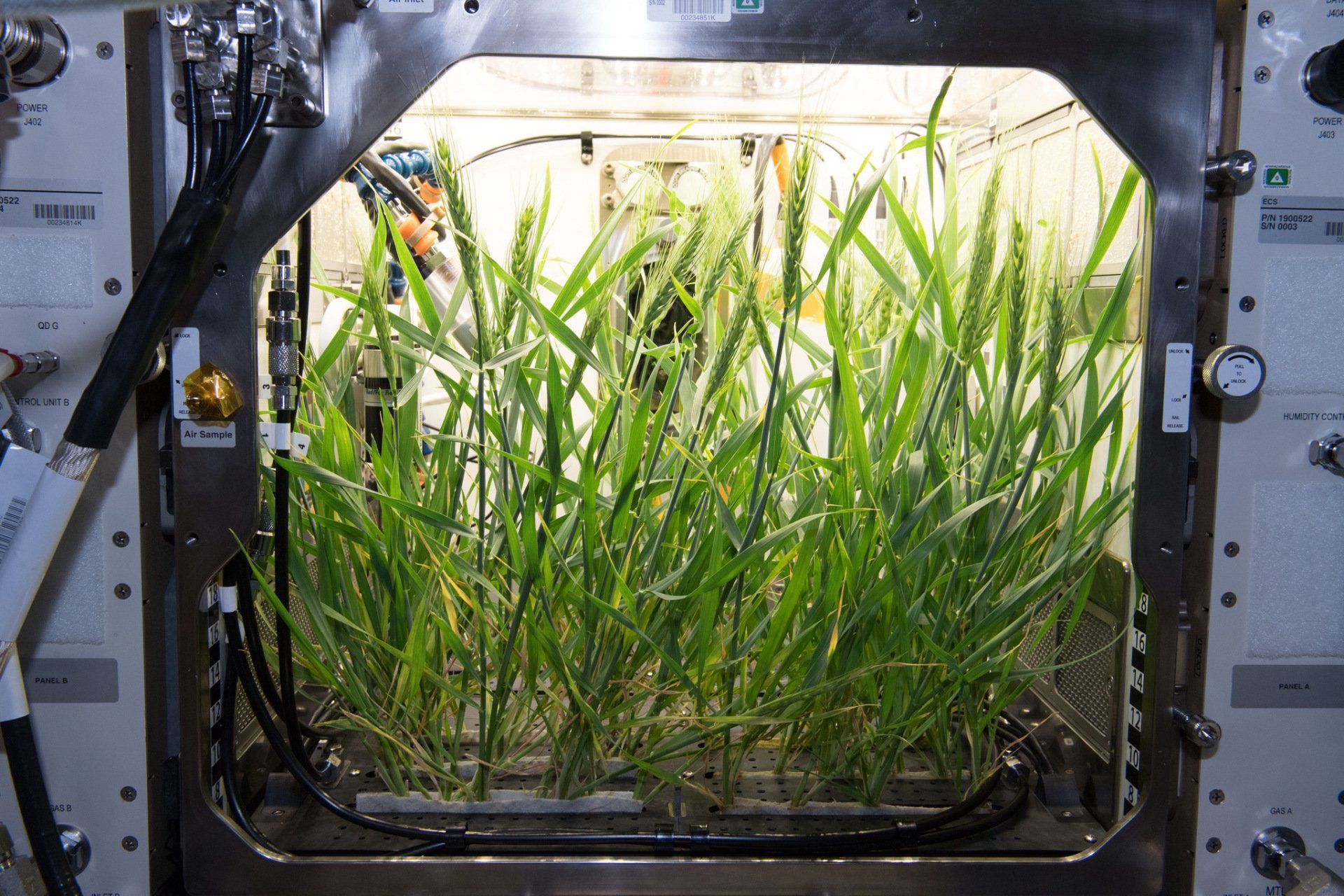Robots in Space
Scientists and engineers are designing Robots that are being sent in Space to explore it, as this is much safer and easier than sending astronauts. We don’t have to worry too much about the safety of these robots – though of course it is very important to build them carefully in order to last and provide us with accurate and timely information. But even if a robotic mission fails, at least the humas involved with the mission stay safe.
Sending a robot to space will cost less than sending a human. They will be able to be out there for long period of time and in most of the cases there is no return trip. However, that creates the problem of Space Debris which we have presented in this newsletter.
As you remember, robots can do lots of things that human can’t. They can withstand harsh conditions, like extreme temperatures and high level of radiation. They will also be more precise in their actions than astronauts, and will be able to do things that for humans will be risky or even impossible.
Robots developed by NASA
We are sure you do remember Milo, the Science Rover. It is actually looking so similar to Mars Rovers- Perseverance and Curiosity. NASA’s scientists are working all the time on developing new robots and they have been exploring Mars with the help of Robots since1997, when Sojourner landed on the Red Planet.
Some of you are the next engineers and scientists to build a new generation of space rovers.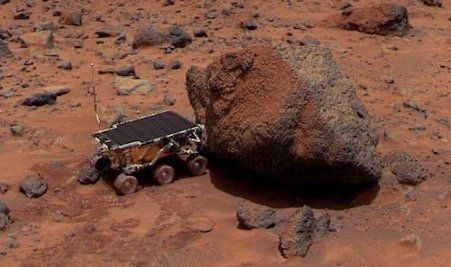
Inspired by origami, one of the latest NASA Robots is A-Puffer, short for Autonomous Pup-Up Flat Folding Explorer Robot. https://www.jpl.nasa.gov/robotics-at-jpl/a-puffer
This is a lightweight, two-wheeled adventurer that can flatten itself out and duck down to investigate tight spots. What do you think could be the use of such a robot in exploring the Moon or Mars? Email us your answers at info@engineeringminds.org.uk
Do you remember when you wondered whether you could take some pictures under the water with your parents’ new phone? Probably you were told not to try it. Well, the scientists have developed BRUIE, the Buoyant Rover for Under-Ice Exploration
that can float in the water and roll its wheels along the underside of an icy surface, all while taking pictures and collecting data. Very exciting! One day, BRUIE might find some signs of life on icy bodies somewhere in the solar system. For example, the underground oceans of Jupiter’s moon Europa or Saturn’s moon Enceladus.
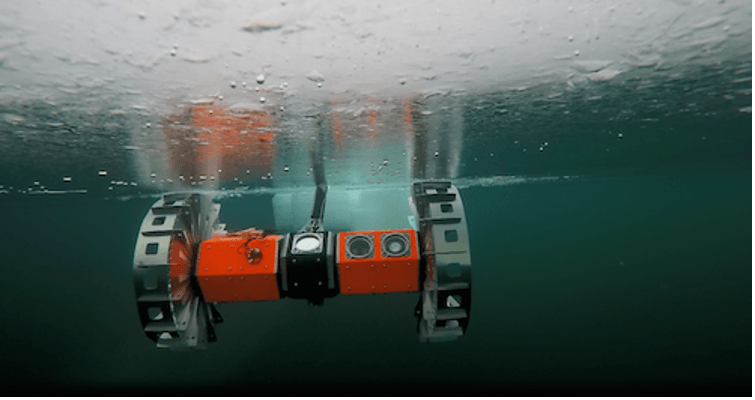
Why don’t you try to design some space rovers that
could be used to explore one of the planets of our Solar System? You might need
to research that planet and use your imagination to plan a robot to find out
its mysteries. Email us your ideas at info@engineeringminds.org.uk
And why not, if you have time, try this classroom activity designed by NASA
Classroom Activity: Design a Robotic Insect
